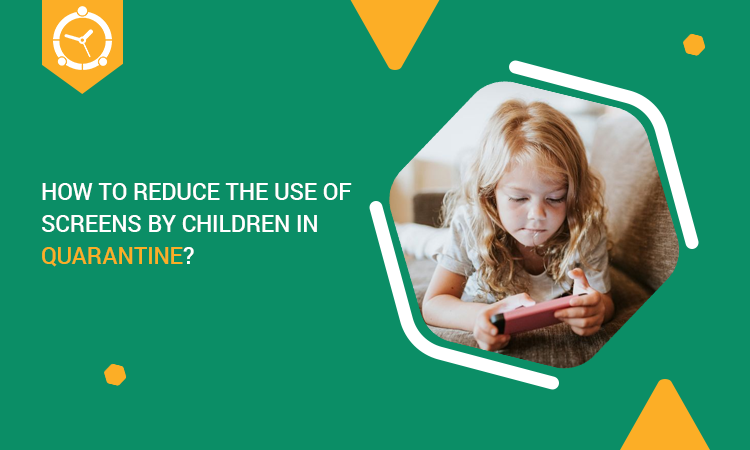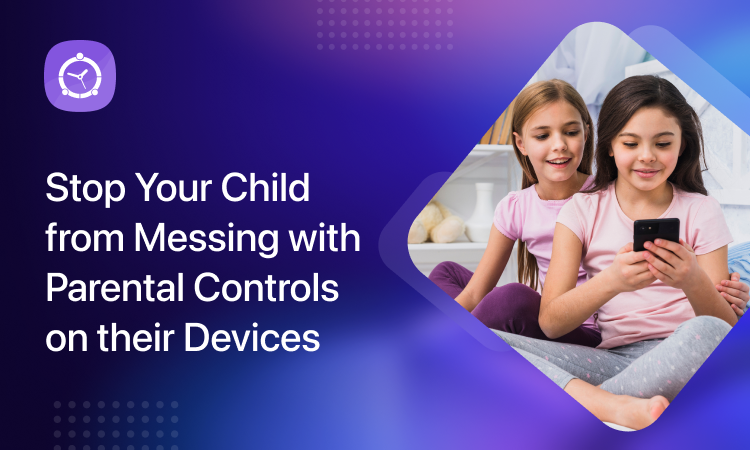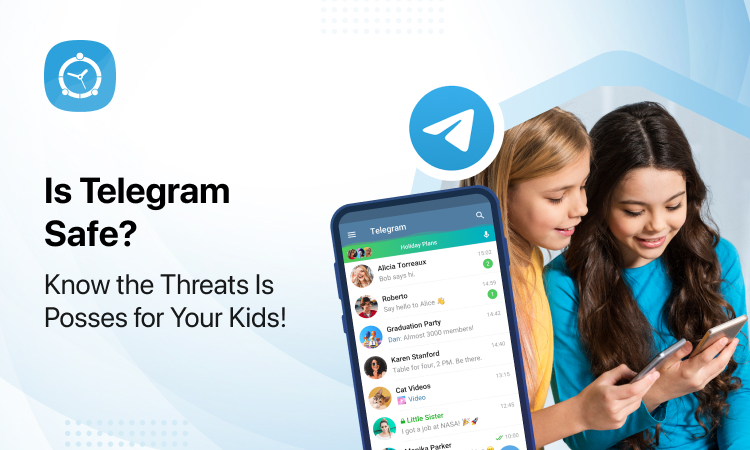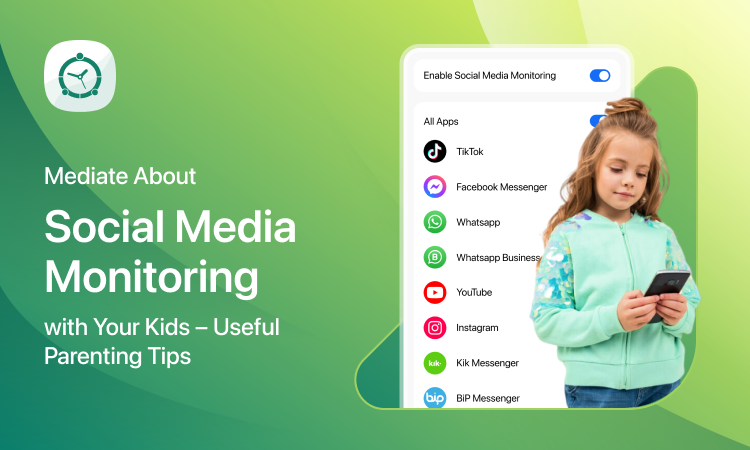The physical and social isolation recommended due to the COVID-19 pandemic is a challenge for the mental health of people of all ages.
Fathers and mothers are working in the home office, managing the care of the home and food, children and pets. Children at home, without school, without meeting friends, without the help of grandparents, friends or nannies.
There is no doubt: the internet and digital screens are great allies at this time. Through them, many of us stay informed about the outside world, work, chat with family and friends, shop online, do homework at school and still use it as a source of entertainment.
That is, more than ever, we are almost all the time connected. But we know that any excess is harmful to health. So, how to find the balance for children’s mental health without compromising that of the rest of the family – and the development of the little ones?
In this article, you will find tips and understand a little more what pediatrics advocates on the topic.
- What is the problem with excessive screens?
- Recommendations on exposing children and adolescents to screens
- How to maintain the mental health of children and adults during quarantine?
- Activity tips for kids and adults with a healthy use of screens
- What is the problem with excessive screens?
Despite the importance of this virtual help, it should not replace the time of affection and social life (at the moment, with those who live in the same house).
Children and adolescents are still developing different brain structures and regions, and, according to neuropediatrics, their behavior may be altered by the excess of virtuality – greater irritability and aggressiveness are the main perceived changes.
Under the motto “Less screens, more health,” the American Academy of Pediatrics (AAP) warns of a series of problems caused by the so-called digital intoxication, which can range from mental health disorders (irritability, anxiety and depression) to physical issues (postural and muscular problems due to physical inactivity, vision and hearing) and social problems such as cyberbullying and exposure to early sexuality and abuse. To avoid all these problems, have a look at the recommended screen time.
Recommendations on the exposure of children and adolescents to screens:
- Children under 2 years old – avoid exposure
- Between 2 and 5 years old – 1 hour/day, always under the supervision of guardians
- Between 6 and 10 years old – 1 to 2 hours/day, with supervision
- Between 11 and 18 years old – from 2 to 3 hours/day, preferably in common areas of the house, instead of being isolated in the bedroom
- For all ages, the recommendation is to avoid screens during meals and 1 hour before bed.
- How to maintain the mental health of children and adults during quarantine?
Recommendations are great parameters, but each family is organized according to their possibilities and needs.
It is entirely understandable that parents or guardians use screens to have time to concentrate on work or to simply rest for a while; that grandparents who are far away want to see their baby grandchildren by video call; and that, without being able to go to school, the older ones want to talk more time with their friends over the internet. Common sense is always fundamental.
To help, we’ve put together 10 tips to tackle this moment. The small screen does not have to be a threat to child development. Everything is a matter of using it with balance.
Activity to help kids enjoy healthy use of screens
- Agreements and a lot of conversation: explaining the current situation with simple language suitable for the child’s age is the first step in the negotiation between adults and children
- Watching and talking about the videos and games that the child likes, asking what’s coolest in each one, asking to tell them what happened in the episode of a drawing, if they learned anything, etc., are ways to demonstrate their concern and encourage her to reflect on her interests and elaborate narratives. If it’s content that you disapprove of, it’s important that you explain the reasons
- It is also important to talk openly about security and privacy online, especially with children who are already in front of the screen without supervision. Google has a guide for families and a game that helps to approach the subject in a more playful way
- In the same way, talk about what the child likes to do offline, about what he doesn’t like but needs to do; give examples of yourself too, show empathy
- Speaking of example, it is essential: if the parents are connected on the cell phone all the time, the child may want to do the same. How about creating a box where everyone keeps their devices while playing, talking, and eating meals?
- A calendar of family activities highlighting what each needs and likes to do can be a good help. You can together define the times for physical activities, study, work, movies and calls to friends and family and even that time needed for creative leisure
- Personal planning tips are also useful for organizing the routine of the whole family.
- Involving children in household activities (respecting the capacity of each age group) is a good way to talk about responsibilities – in addition to being educational, it can be fun. In the kitchen, it is worth talking about quantities, nutrients, trying the separate ingredients when preparing a recipe. Everything is an opportunity for practical learning. Doubts and curiosities can arise during the task, and discovering the answers can become a mission later (for those already literate, it is another way to use the internet to your advantage!)
- Try to do physical activities inside the house twice a day with the children. Ideas?
- Try to create circuits at home, using pillows, bottles or chairs as obstacles that you have to pass under, over, around (and then put everything together as a team!)
- Have you ever taught your kids the musical choreography that you loved when you were their age? No? So this is the time! If you’ve already taught, then it’s time to improve the steps and rehearse even more 🙂
- Imitating animal positions by practicing yoga together is also a great option for the whole family. You can use videos on the internet for the first few times and then try to play them without them.
- Use the FamilyTime screen time limit app and help your kids follow a screening schedule without any battle with them. The screen time limit feature of FamilyTime offers many possibilities, including instant screen lock, screen lock scheduling, Timebank, a fun time, and more. Read about these functionalities on our website just by hitting the feature page link. You can also try these features yourself for free by installing the trial version of the app from the app store on your phone.
Finally, don’t blame yourself if you can’t do it all the time. Some days will be more difficult than others. Acknowledging and talking about it is a chance to find your family’s sweet spot. Having you around is already one of the best memories your child will have of this period.








